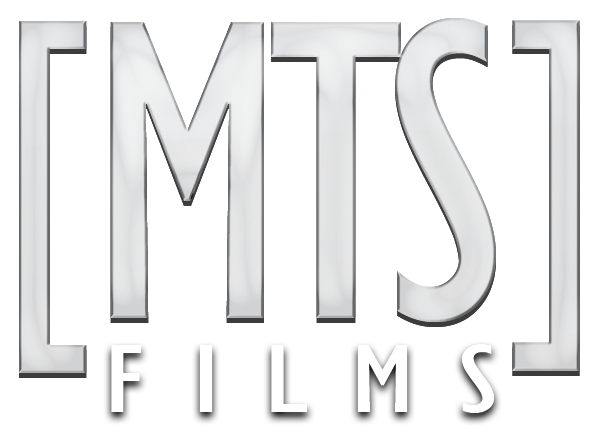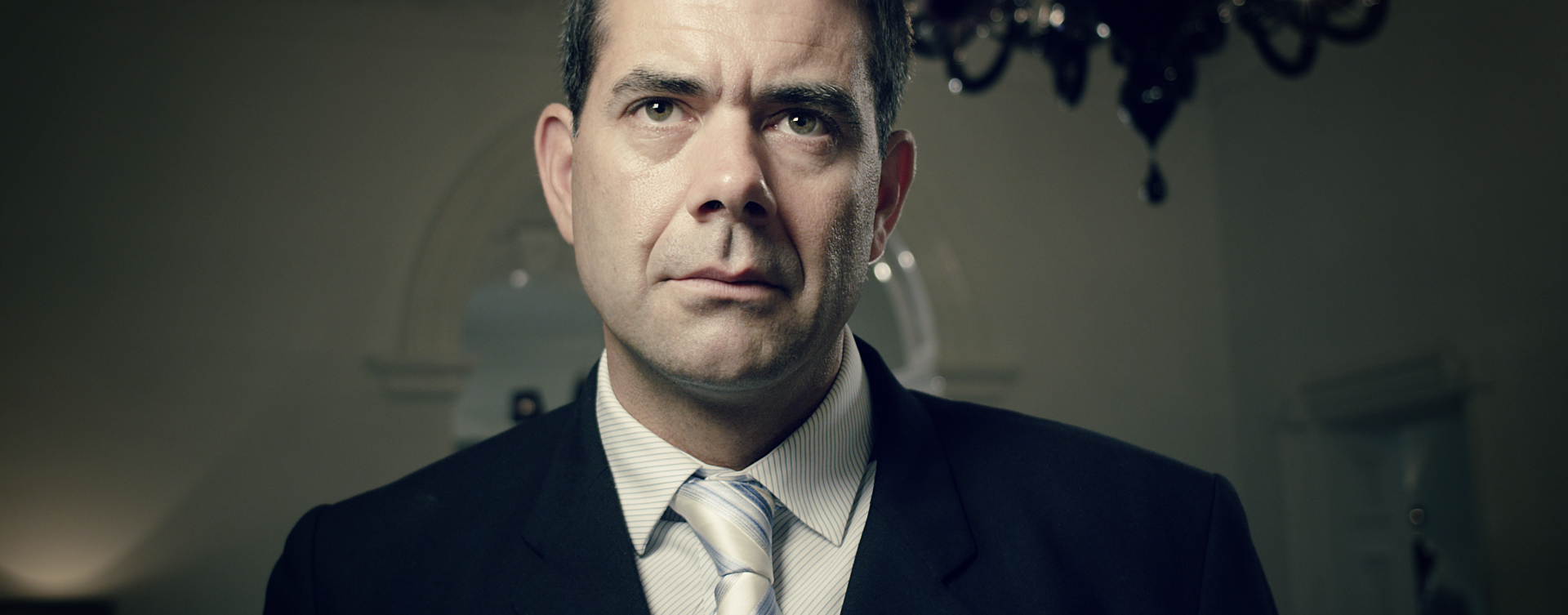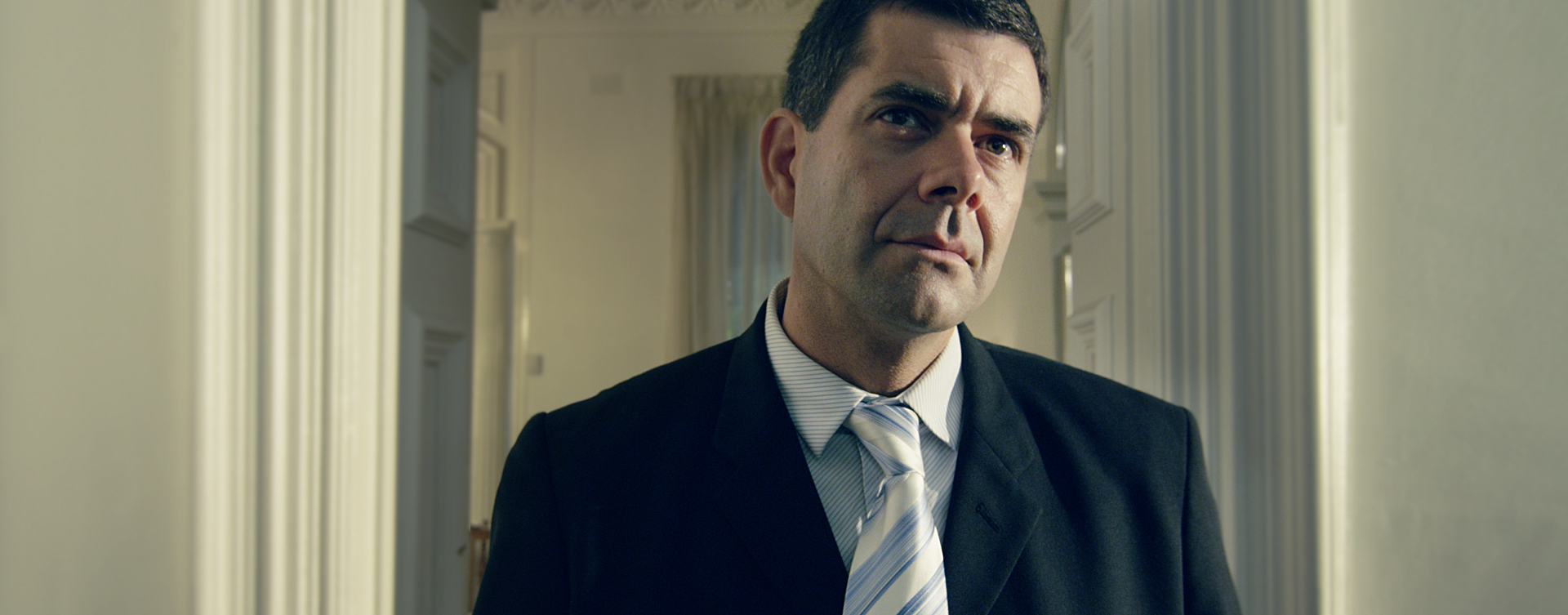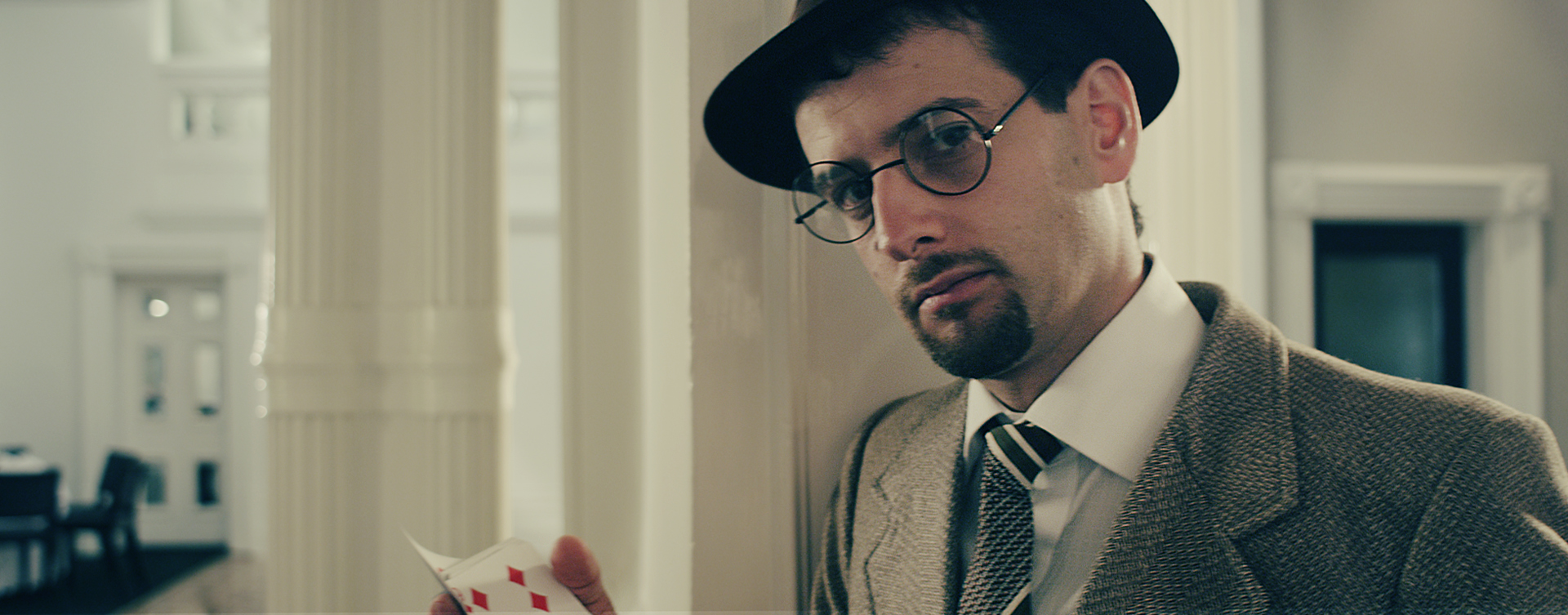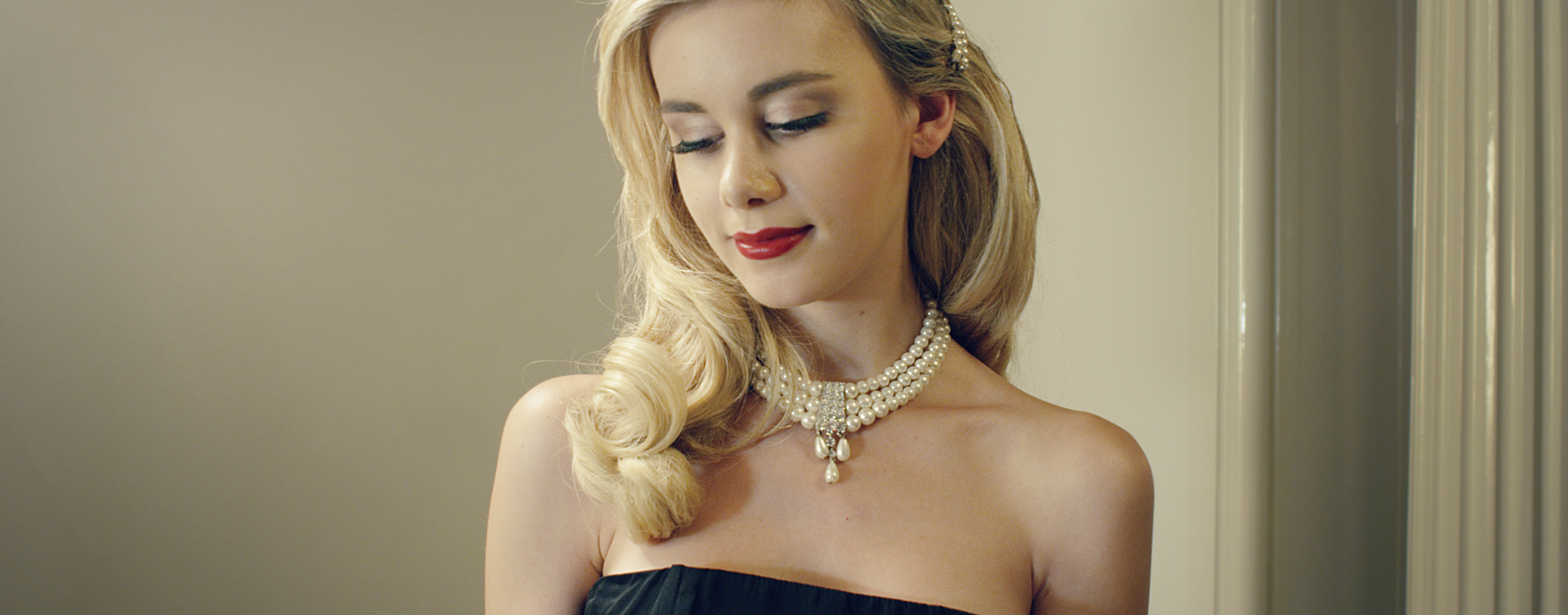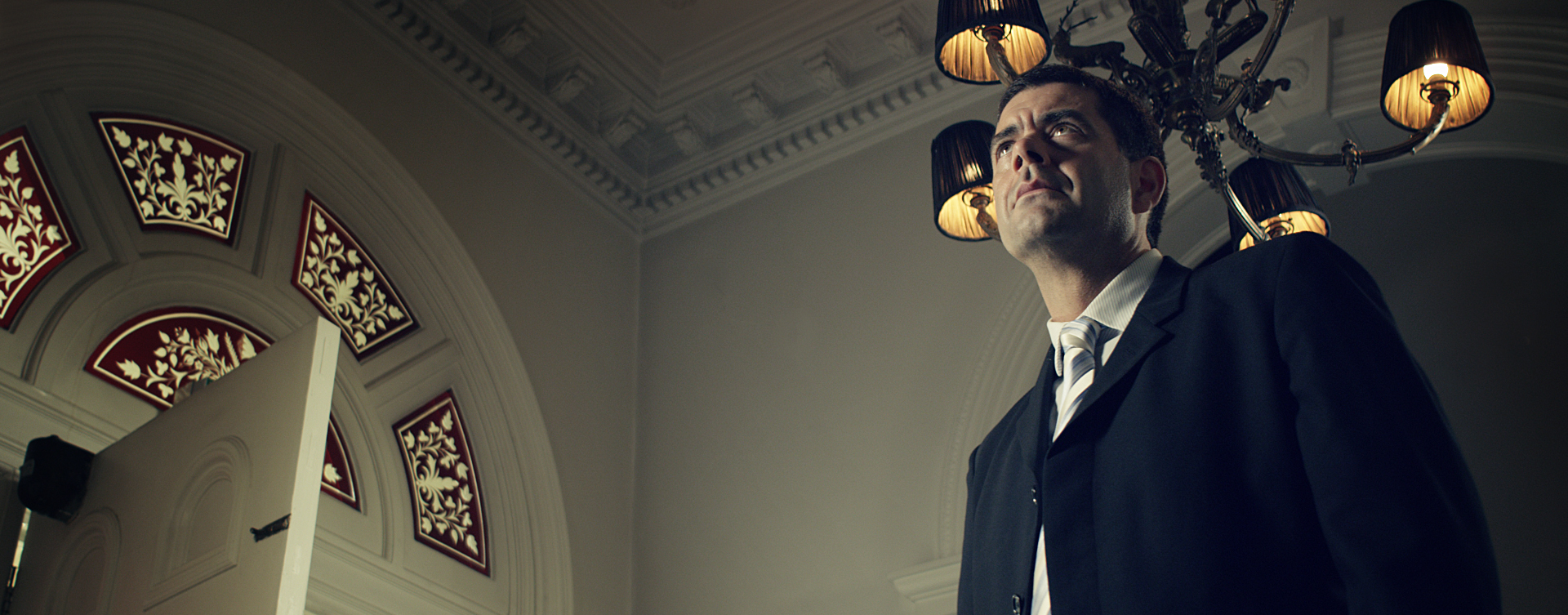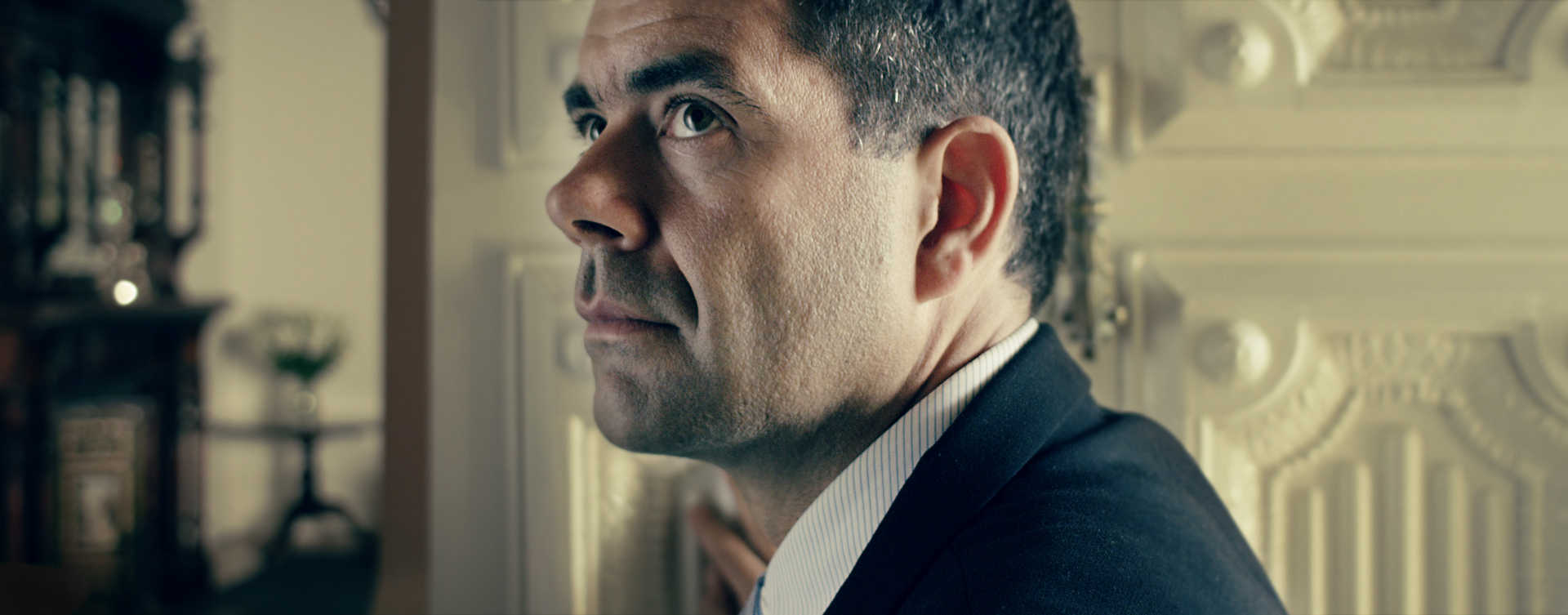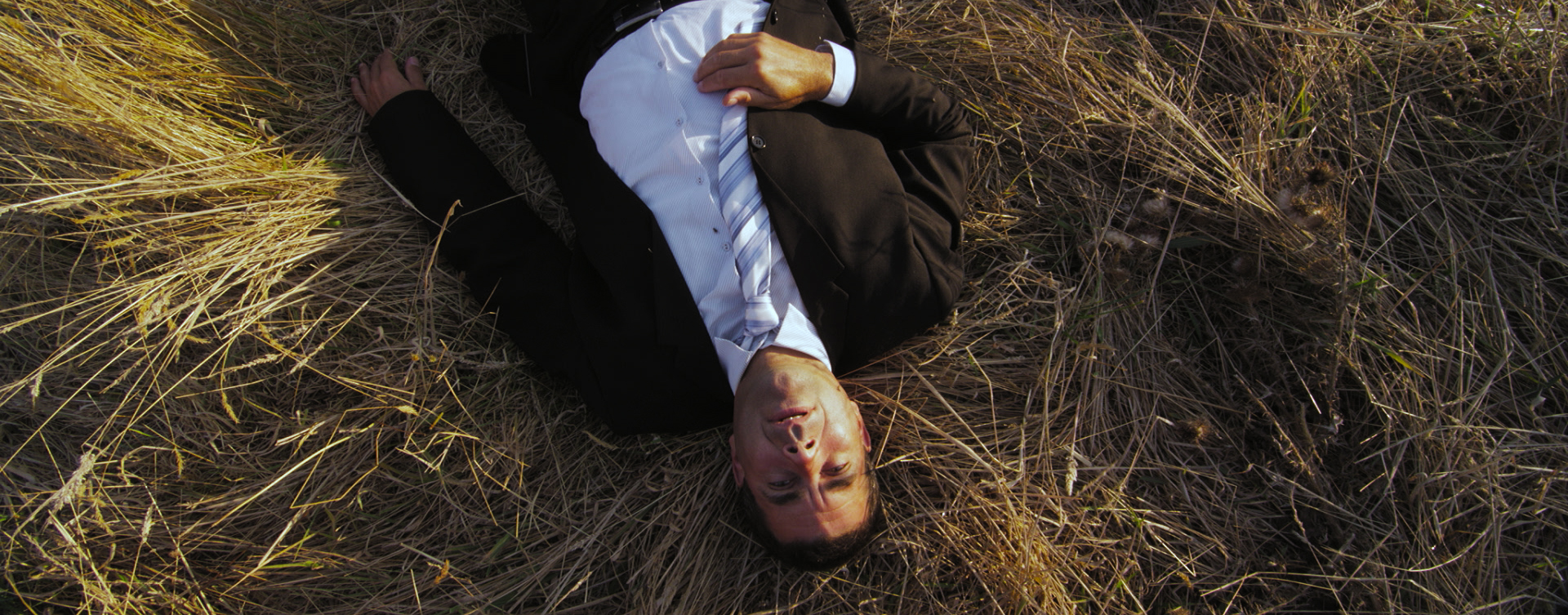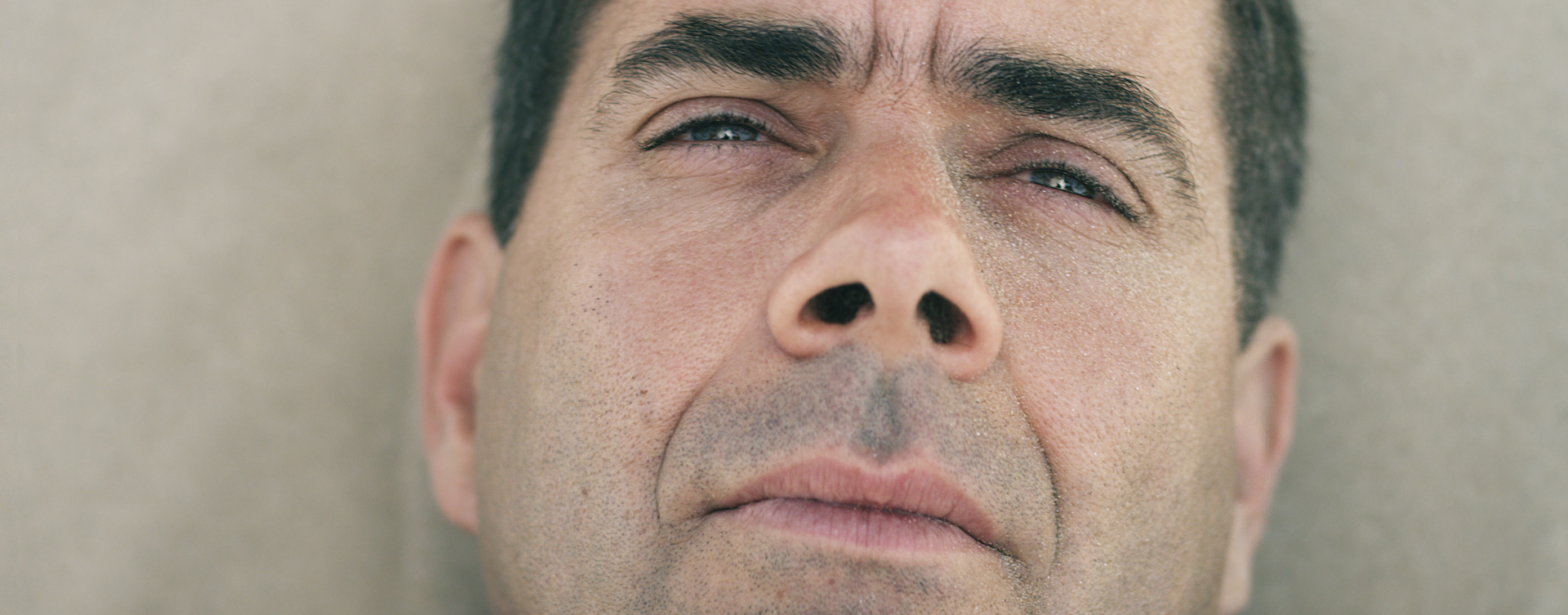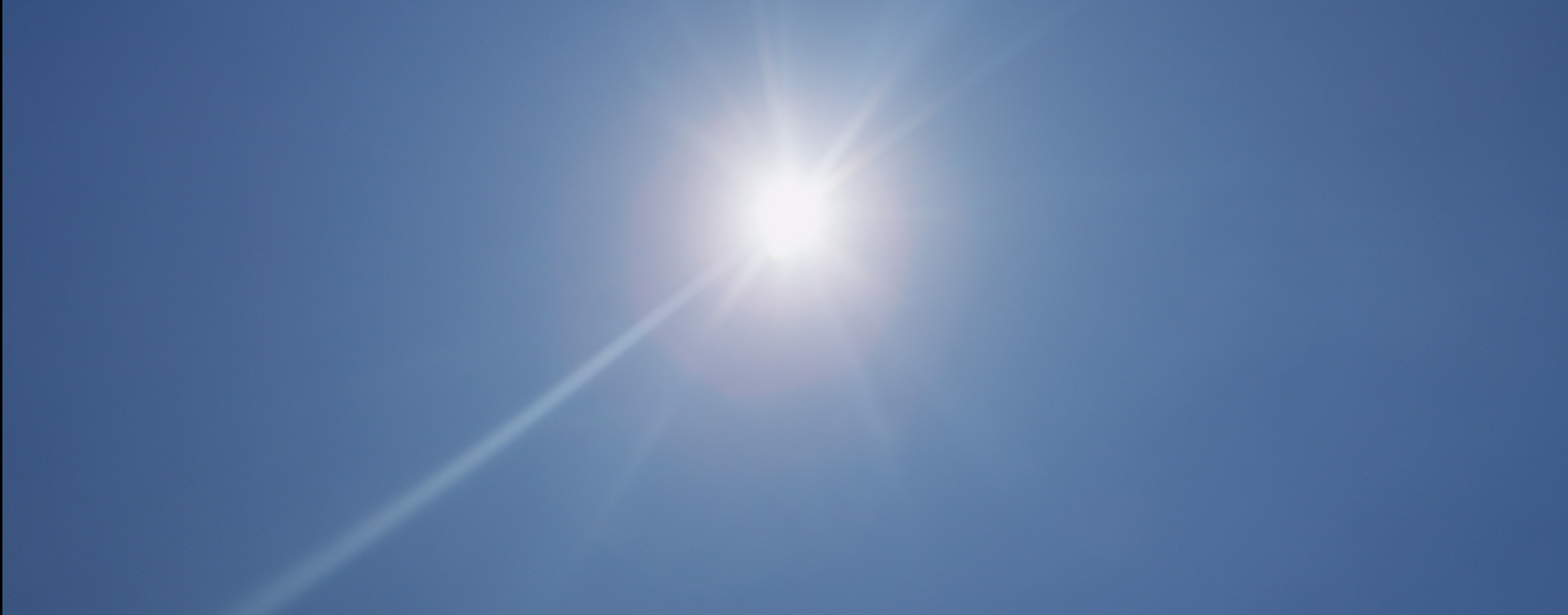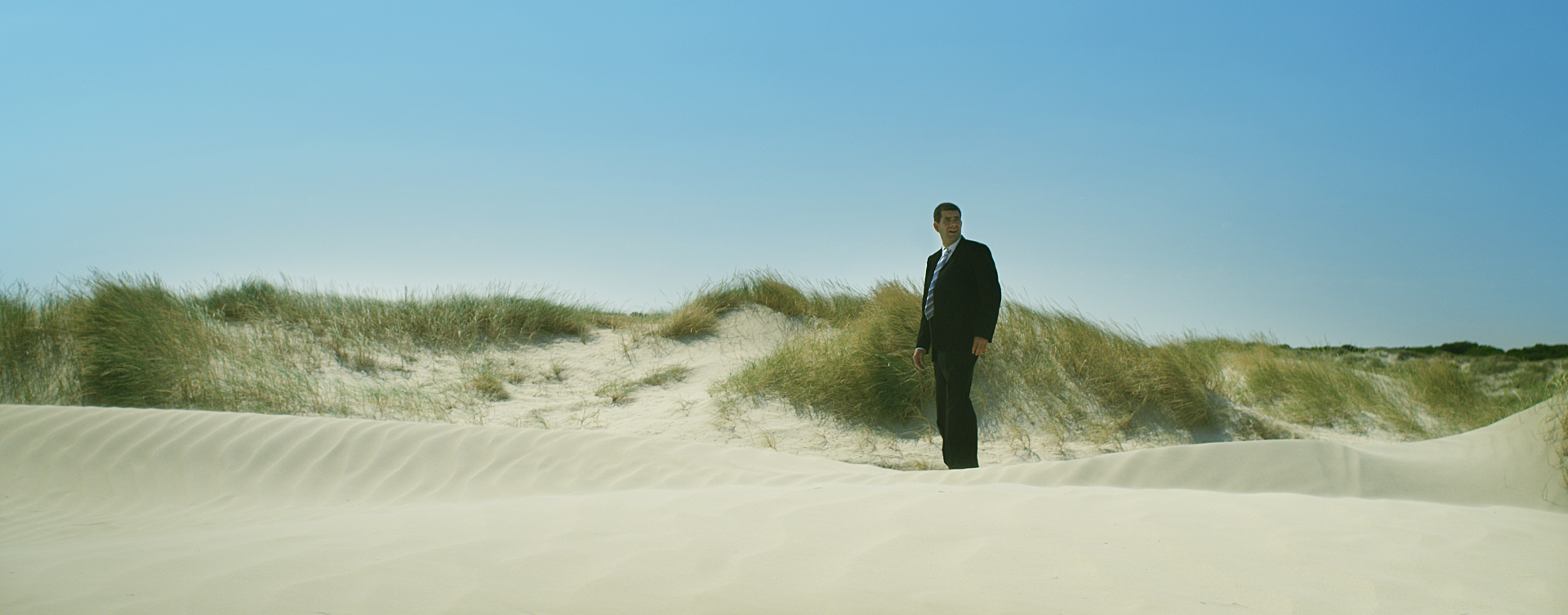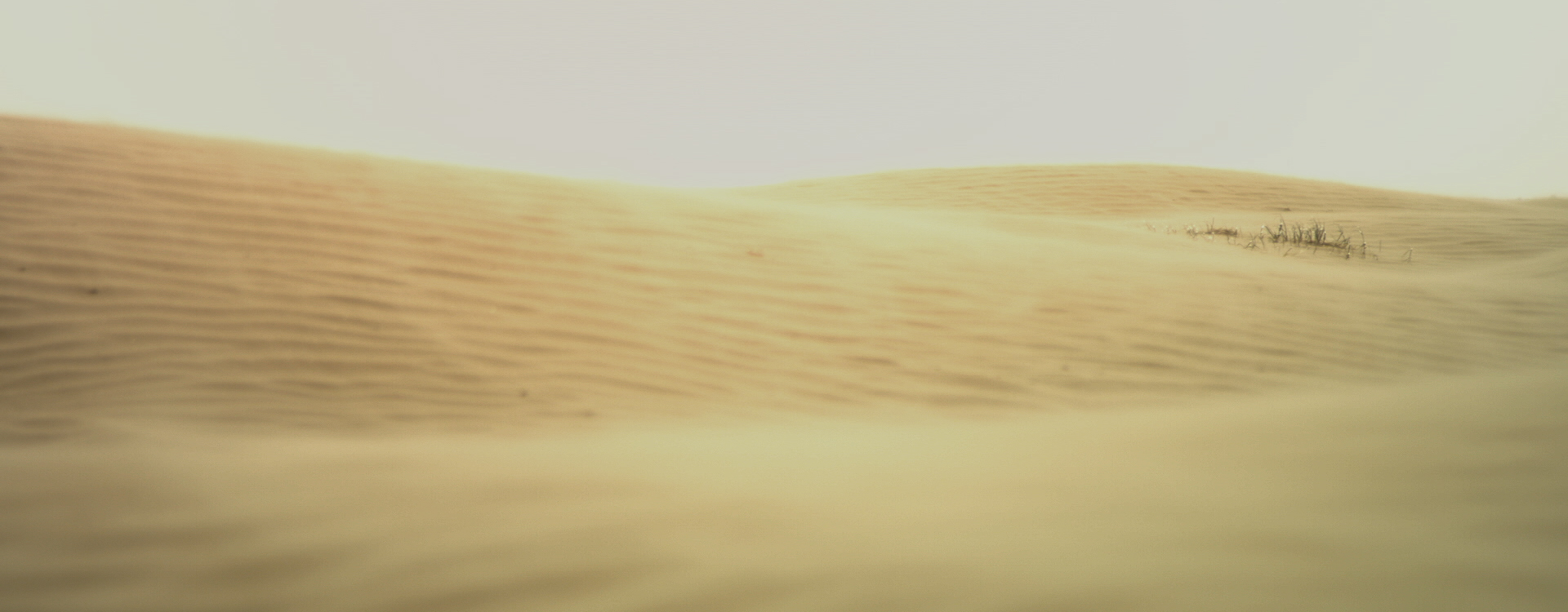There's a lot to learn about cameras and post production these days. It seems like a new camera is born almost every 6 months! Along with that there's software updates, plugins and tools that give us so many choices both on set and in the edit suite, so how do we know what direction to take? Which tools are right for the job? Do the tools we choose make all the difference?
If you've read my post "There's an I in Team", you'll understand how much I value a good crew and how important it is to work with skilled and passionate people. So let's say you have a great team....what about your gear? What camera do YOU shoot on? I hate that question. Which colour correction software to you grade that with? I get asked this stuff a lot. I guess there's nothing wrong with these questions, but there's a part of me that cringes at the idea that a certain camera or certain software package will give someone an edge, or magically transform them into a better film maker. To some extent, new gear and the best of it can certainly inspire greatness. Hell, when I first got my RED Scarlet I thought to myself, NOW I finally have the tools to be great. I FINALLY have a camera that is good enough. What a load of crap that was. Yes I had an amazing camera but it did nothing to the way I looked at light. It helped none with the way I composed a shot. In actual fact it was more of a reality check.....maybe I wasn't as good as I thought I was? My first few shoots with the camera were average enough not to share hehe ;) But, in a way, it was the best thing that could have happened to me. I now had a camera that was good enough for David Fincher's "The Social Network", but the guy behind the camera...me, needed to up his game. So what's the point to this long winded paragraph? Well, my point is that cinematography shouldn't be about cameras, or lenses, or what brand matte box you have. Of course, this is something most would agree on in casual conversation, but how many of you ACTUALLY believe that? Or practice it?
Last week I shot a really cool music video over three days and although we had a small budget to cast, dress and set our scenes very nicely, the camera department got left in the dark. Thankfully, I own a lot of my own gear, but I don't own a dolly or crane which is what we really needed for a few shots that we had scripted. The plan was to shoot the entire clip on RED at 4K and then down-sample the final edit to 1080p. Earlier in the week, Nikon contacted me and asked if I would like to play with a D800. "YES PLEASE!" I said. I love learning and experimenting with new cameras and had always be curious about the Nikon variety - especially since they have clean HDMI out.
With these two things in mind (1080p delivery and a tiny crane) I decided to bring the Nikon with me.
First off, let's just say I love the thing. It's tiny, the batteries last forever, the dynamic range, color and detail are beautiful and of course it loves my Nikkor prime lens collection. I shot three shots with the D800 instead of my RED and unless I told you which ones they were, you would be hard pressed to pick them...
Which is RED and which is the Nikon D800?
Click below for larger, better detailed links :)
So, am I saying that the Nikon D800, a mid-range DSLR is comparable to a RED Scarlet? Hell no I'm not. BUT! Couple that thing to an Atomos Ninja-2 and you get delish 10-bit 4:2:2 ProRes to play with. Light your scene, choose your lens and frame your shot wisely, and you can inter-cut both cameras all day long. There will always be bias towards which camera is better and which brand is going to offer you the things you need, but, at the end of the day, it's not about the camera. It's about what works for the job at hand.
Below are a collection of frame grabs from the shoot...we are almost done with the edit. Some colour and a few FX shots to go :)

